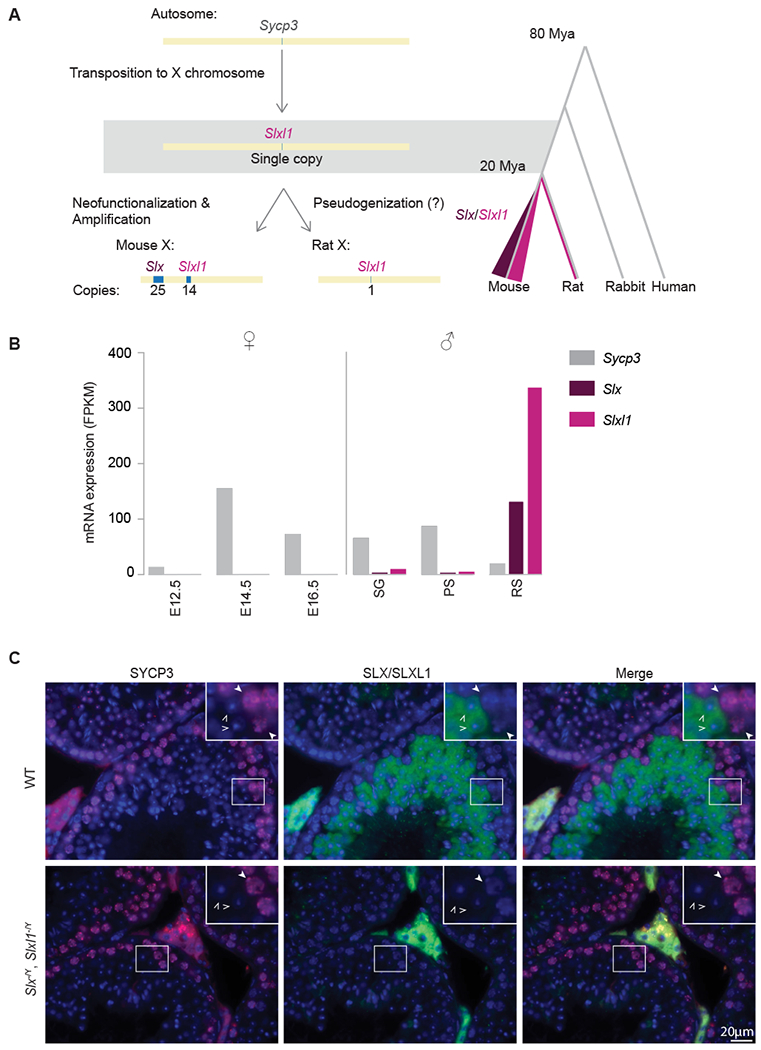Figure 1. Slx and Slxl1 are mouse-lineage specific neofunctionalized copies of Sycp3.

(A) Sycp3 transposed to the X chromosome in the mouse-rat ancestor. Following mouse and rat speciation, Slx was acquired and both Slx/Slxl1 were segmentally duplicated within the mouse-lineage. Sycp3 (light grey), Slx (purple), Slxl1 (pink). (B) mRNA-seq analysis on publically available data sets [31, 32]. In female mice, Sycp3 expression is detected embryonically at E14.5 and in male mice, Sycp3 expression is detected in spermatogonia (SG) and pachytene spermatocytes (PS). Slx and Slxl1 are expressed exclusively in the male germline, post-meiotically, in round spermatids (RS). (C) Immunofluorescence of SYCP3 (red) and SLX/SLXL1 (green) on DAPI stained testis histological sections from wildtype mice and mice lacking SLX/SLXL1 (Slx−/Y, Slxl1−/Y). RS (open arrow) and PS (closed arrow). Staining between tubules (Leydig cells) is non-specific. See also Figure S1, S2 and S3.
